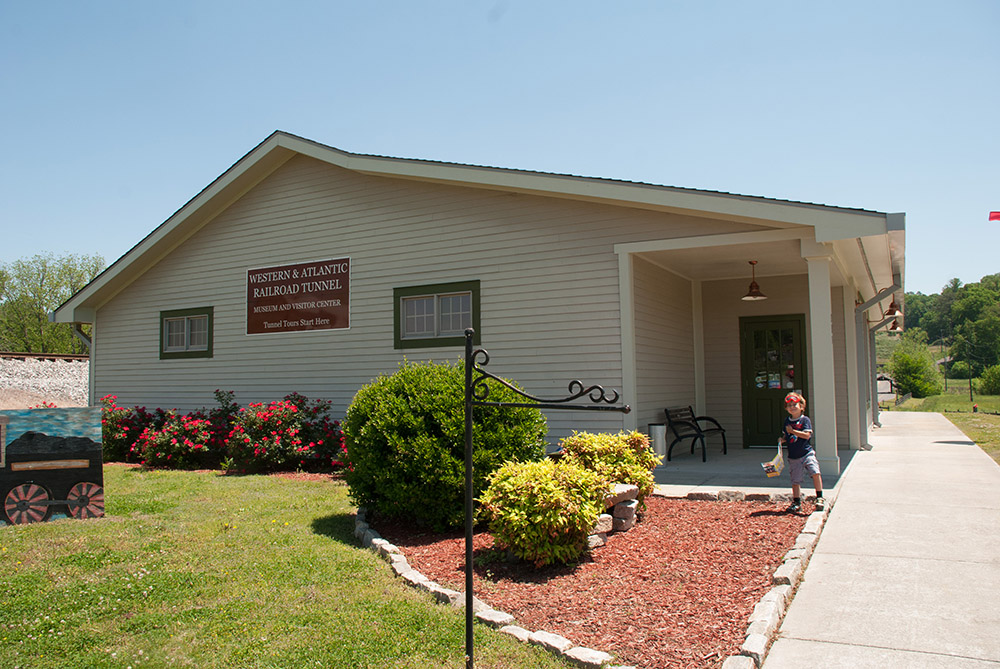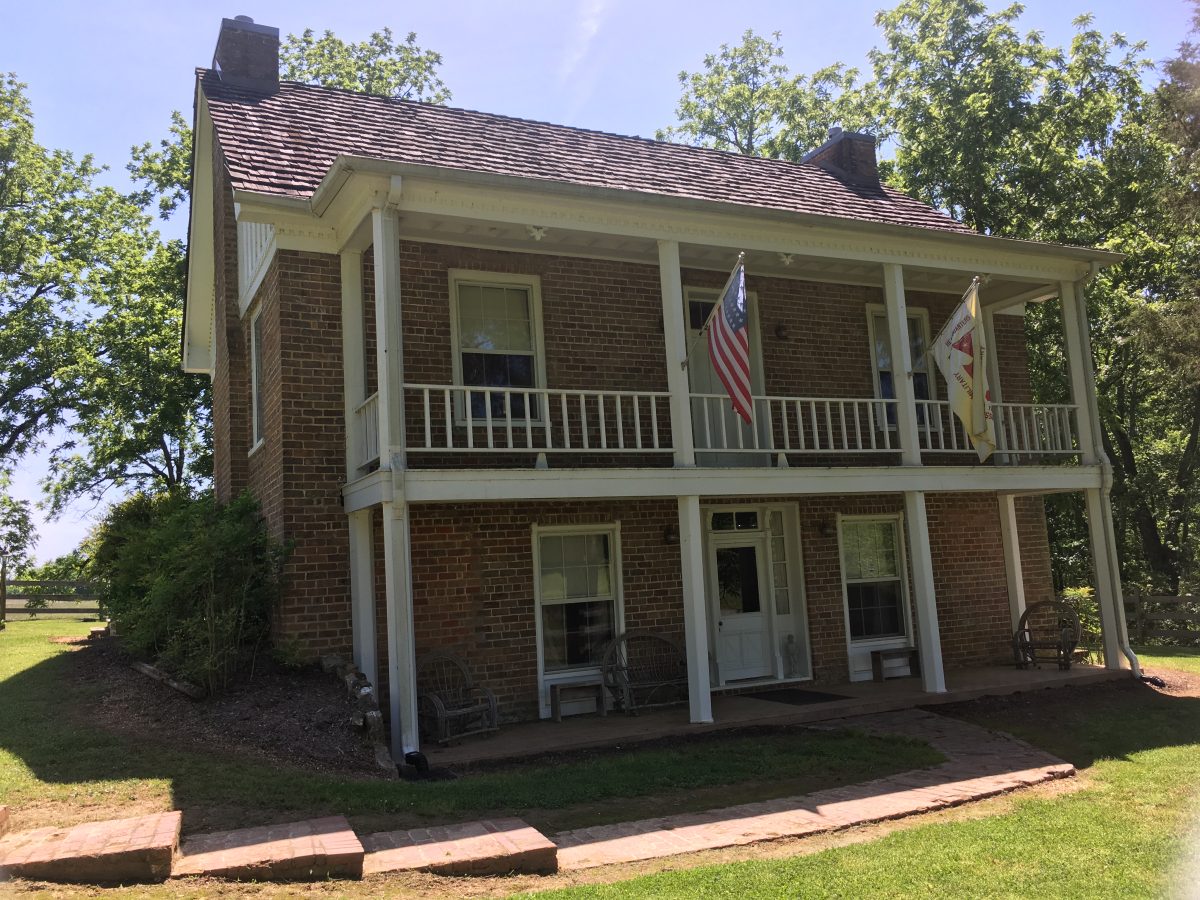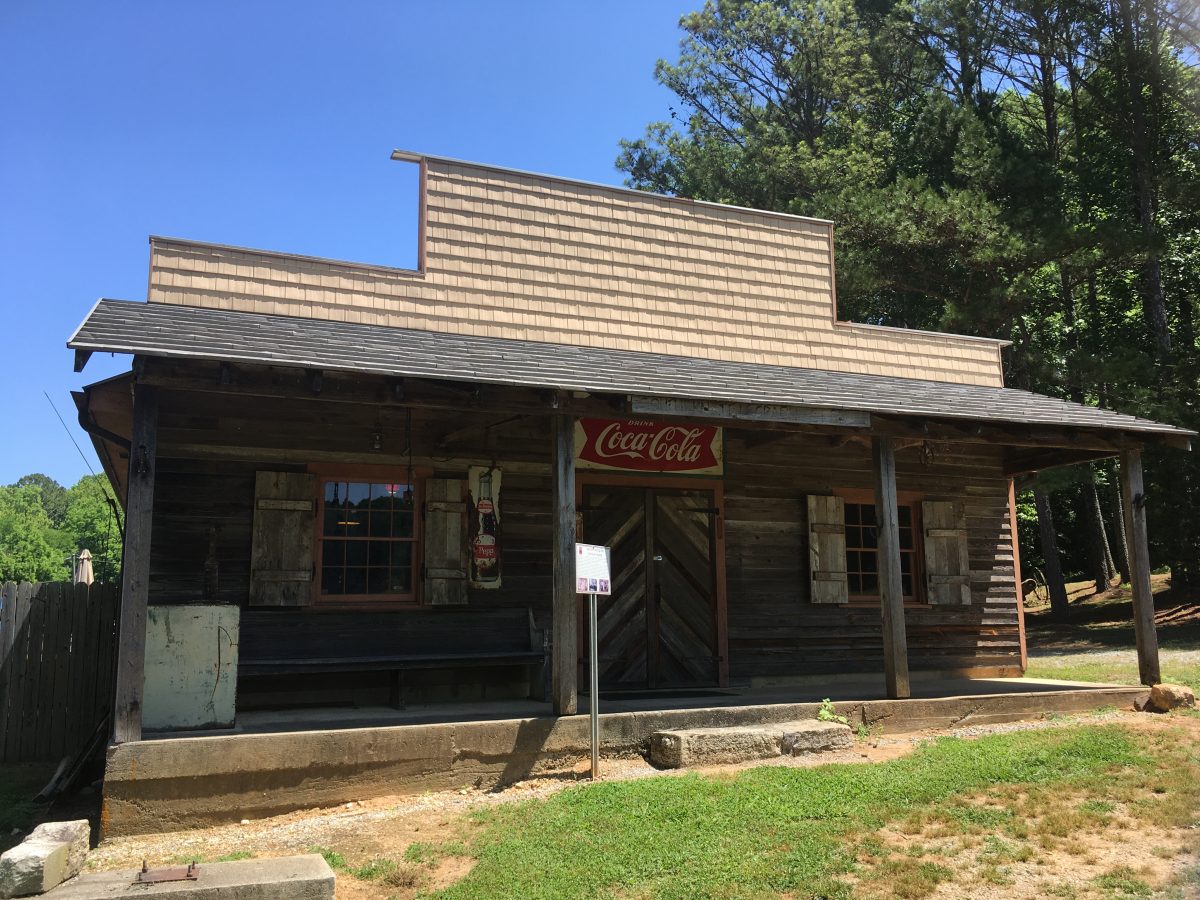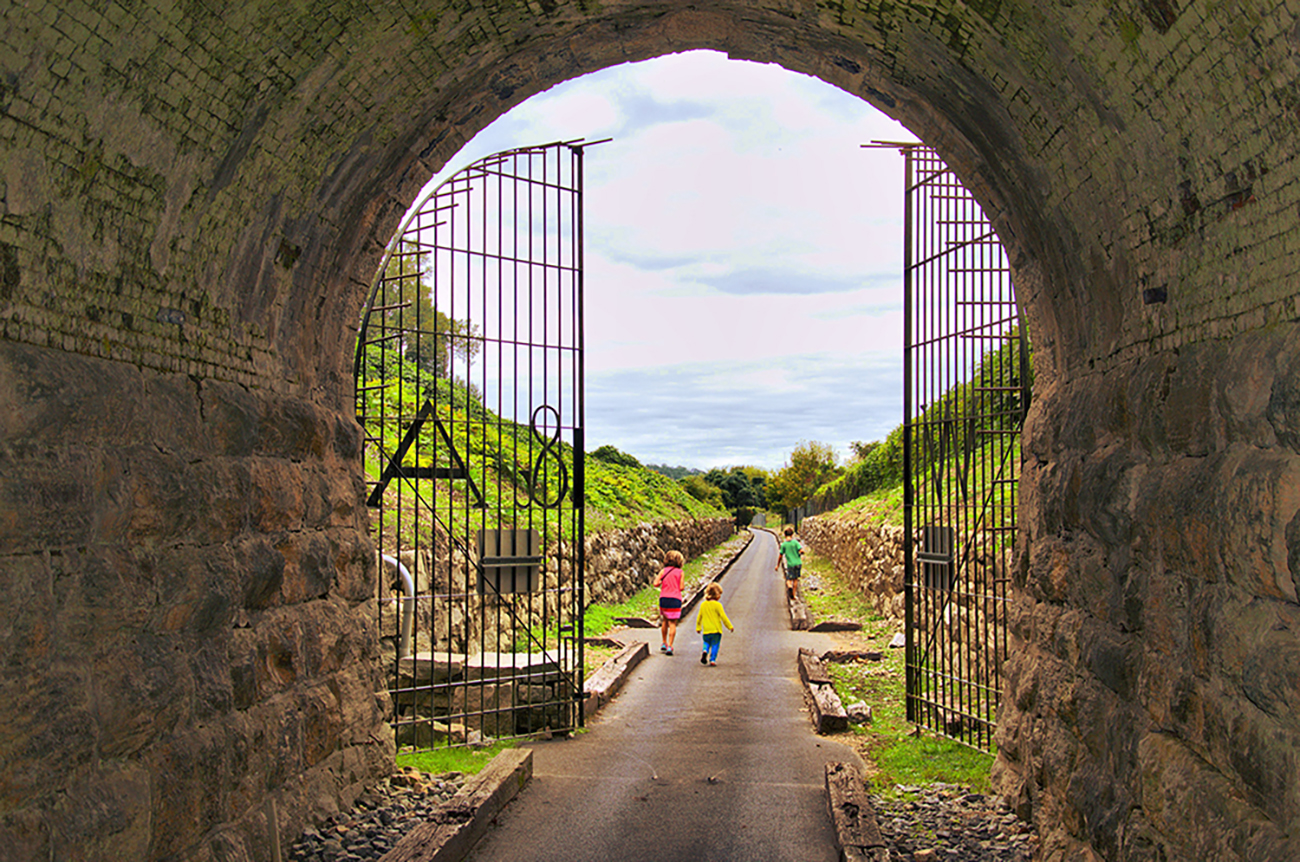
Museum
Start your journey here.
Our museum exhibits feature a number of railroad and Civil War artifacts that tell the story of Tunnel Hill from the days before the city was chartered to the renovation and reopening of the historic Western & Atlantic Railroad tunnel in 2000.
Our museum is cell phone guided. Our local experts will provide you with access to our audio guide that will explain our exhibits, so you can go at your own pace. All of our tours provide admission to the museum. Stay as long as you like and feel free to take pictures!
When you are ready to go on the rest of the tour, or if you have any questions, just let us know! We are excited to share this walk through history with you!

House
The Clisby Austin House was constructed in 1848 alongside the Western & Atlantic railroad tunnel that passes through the Chetoogeta Mountain. Originally named “Meadowlawn”, it was built by Reverend Clisby Austin as a farmhouse that grew to include 320 acres.
After Austin left the house during the Civil War, the house was used as an army field hospital. Officers and generals – like our famous guests John Bell Hood and William T. Sherman – slept and planned in the second floor bedrooms while doctors treated wounded soldiers and performed amputations in the kitchen and in outdoor tents.
The house would have a number of owners in the years following the Civil War. It would be abandoned until David and Barbara Holcomb purchased and renovated it. The Holcombs owned the Clisby Austin House for several years before generously donating the property to Whitfield County so others could enjoy and appreciate the legacy of the house history together.

General Store
Clisby Austin was businessman as well as a farmer and minister, operating a two story hotel and a general store close to the train depot. While the original store is no longer standing, we have recreated the nostalgia of the old time stores with our own general store museum.
As successors to the trading posts, general stores were usually located at a busy crossroads or in the middle of town. These stores served as meeting places for people of all walks of life – you could see anyone and everyone shopping right next to you.
The main room was used to display merchandise with shelves and counters holding everything for sale – from meat and produce to hardware and specialty items like paint, coffee, kerosene, and much more. In many cases, the general store was also the post office with the owner serving as the town’s postmaster.
General stores began to disappear in the early to mid-1900’s with the spread of mail order catalogs and department stores like Macy’s and Woolworths. But these stores would set the stage for the big box retail stores that are a staple of modern life.

Tunnel
The Western & Atlantic Railroad was founded in 1836 to connect the Tennessee and Chattahoochee Rivers, however one barrier stood in northwest Georgia: Chetoogeta Mountain. With scaling the mountain being out of the question, tunneling through was the only solution.
Construction on the tunnel began in the summer of 1848 and with it came an influx of workers. The tunnel, which spans 1,477 feet was completed in less than 22 months and on May 9, 1850, the first Western and Atlantic locomotive passed through the tunnel and the connection between Chattanooga, Tennessee and the new town of Atlanta, Georgia was complete.
While in operation, the tunnel was controlled by both the Union and Confederate Armies at various times throughout the Civil War and even witnessed the “Great Locomotive Chase” in April of 1862.
As the demand for more railways grew, so did the trains themselves and by 1926, so many train cars were getting stuck in the tunnel that the decision was made to build a larger parallel tunnel through the mountain, ending the use of the W&A tunnel in 1928.
The tunnel faced possible destruction from 70 years of neglect until, in 1992, steps were taken to preserve it. The tunnel was re-opened to the public in 2000, just in time for its 150th anniversary. As we approach the 170th anniversary in 2020, we invite you to come explore this engineering marvel!




